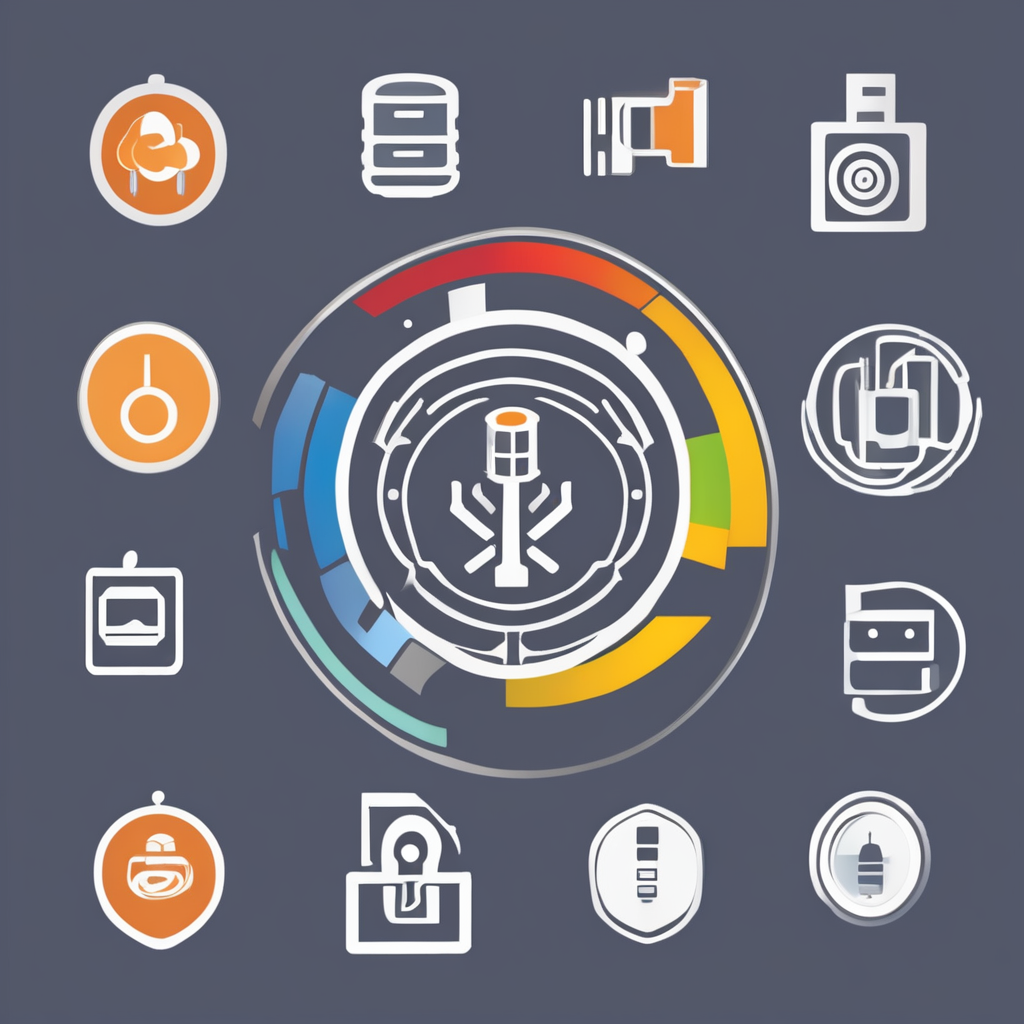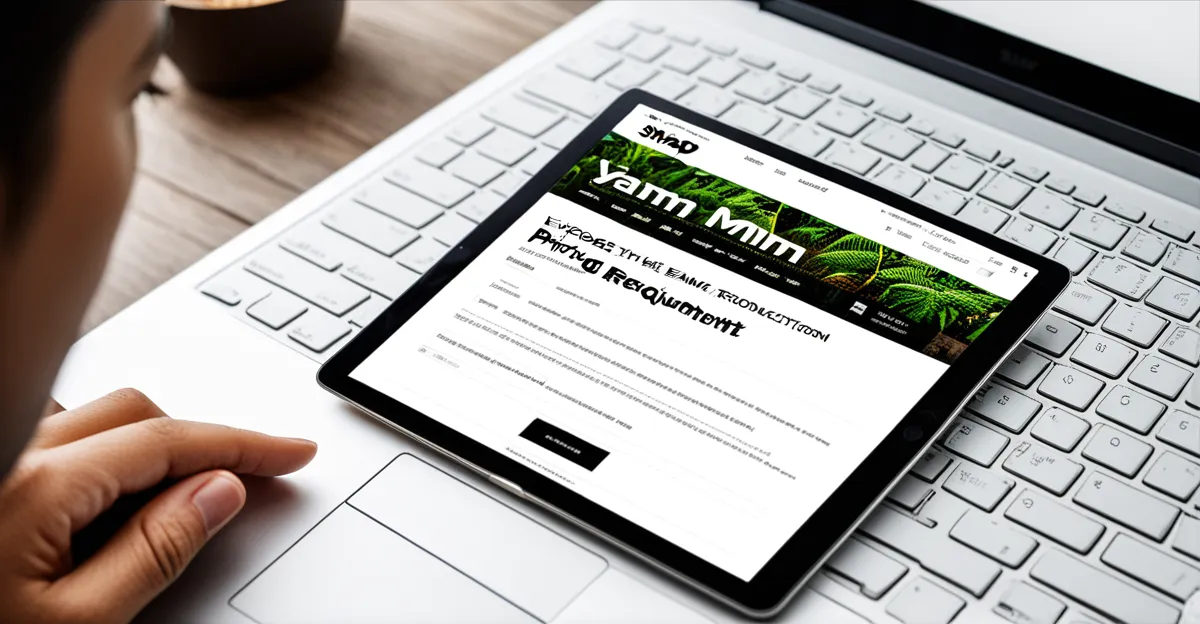Finding the right YAMM plan depends on your email volume and feature needs. Options range from a free tier with basic limits to professional subscriptions that support larger campaigns. Understanding pricing alongside daily sending caps and included functionalities helps select the best fit. This guide breaks down YAMM’s plans clearly, highlights limitations, and suggests alternatives for those who need more advanced outreach tools.
Up-to-Date YAMM Pricing and Plan Comparison
When evaluating different options, choosing the best yamm pricing plan for your business can seem overwhelming due to the variety of tiers and feature sets. Each YAMM plan is structured to fit a range of needs, from individuals sending a handful of emails to large teams coordinating major campaigns. The Free plan allows sending up to 50 emails per day, has basic tracking, and removes branding, which is adequate for basic communications but may be restrictive for regular outreach. Personal and Professional plans expand these limits—400 and 1,500 daily emails respectively—and offer advanced features such as email scheduling, improved tracking, and priority support, allowing for more robust campaign management.
Also read : Find top yamm pricing options to enhance your email strategy
Annual billing is standard, with the Personal plan costing $25 per user and the Professional plan $95 per user per year. Payment is accepted through major credit cards and digital wallets, with subscriptions renewing automatically. There is no true monthly plan; all paid plans renew annually, so consider your use case before subscribing.
A strict refund policy applies, so it’s important to assess your requirements in advance before committing. For a detailed breakdown and updated comparison, you can view this page: choosing the best yamm pricing plan for your business.
This might interest you : What benefits does machine learning bring to UK marketing analytics?
Value Analysis and Limitations of YAMM Pricing
Affordable email campaign pricing is the core appeal of YAMM, positioning it as a cost-effective mailing tool for small businesses and individual users. The free plan allows limited bulk email sending, supporting up to 50–200 emails daily depending on account type, while premium tiers expand this limit but maintain a budget-friendly outlook. YAMM feature value especially stands out for users who only need basic tracking and Gmail/Google Sheets integration, minimizing extra costs for unwanted functionalities.
However, YAMM’s cost-effective mailing tools also present clear limitations. There are strict daily send caps, even for paid plans (up to 1,500 per day), and a reliance on Google Sheets for contact management. Lack of advanced automation or sophisticated personalization means that users seeking robust campaign tools must look elsewhere. Further, the service implements restrictive licensing and refund policies; refunds are uncommon, which may give cautious buyers pause about subscription costs and upgrade options cost.
Pricing transparency is maintained through auto-renewal reminders and detailed plans, but some users expressed concerns about hidden renewal or upgrade fees. Ultimately, while email marketing tool costs are kept low, these savings may be offset by scale or feature constraints, impacting overall user experience.
YAMM Alternatives and Competitive Pricing Insights
Competitor pricing comparison starts with understanding feature value and volume-based pricing models. Some leading YAMM alternatives—such as Mailmeteor, GMass, Woodpecker, and Mailchimp—differ notably in both cost and email send limits. Mailmeteor’s free plan supports up to 500 emails per day, which is a substantial leap over the YAMM free tier. Woodpecker and GMass provide automation capabilities like email sequencing and A/B testing, often for slightly higher costs, making them solid budget-friendly email solutions when complex outreach is required.
Price versus features analysis reveals that while YAMM’s annual plans are affordable for small users, alternative email marketing prices may better suit growing teams. For instance, larger lists or advanced automation needs start to tip the scales toward tools like Mailchimp—its scalability and segmentation justify the higher email marketing tool costs for some businesses.
Cost comparison with competitors highlights the importance of choosing a plan based on audience size and required features. To save money, consider team collaboration pricing, educational/non-profit discounts, and monitoring bulk email pricing tiers for possible upgrades. Maximizing value involves reviewing plan comparison charts and opting for flexible pricing plans matched to your list growth and evolving feature needs.








